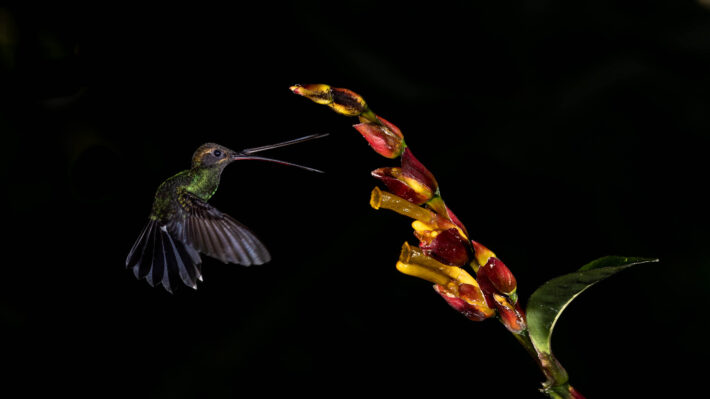
While we usually like our birds big, slow and colorful, hummingbirds are so colorful that we want to photograph them even though they are anything but slow or big. Where we live, just north of San Francisco, there is basically just one hummingbird specifies, the Anna Hummingbird, which minimal sightings of Allen and Rufus Hummingbirds so if we wanted to photograph a variety of hummingbirds, we had to travel (not that we need an excuse to hit the road).
We chose Ecuador because we hadn’t been there for a decade and Ecuador has the most number of hummingbirds species of any country in the world, with over 132 species are found here. That’s about 40% of all hummingbird species. And we were not disappointed as we photographed at least 28 species, this cute Wire-crested Thorntail being just one.
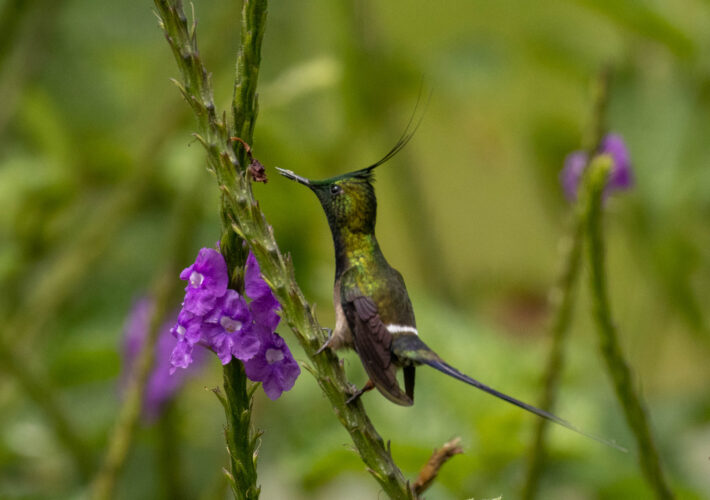
One thing that makes it hard to identify hummingbirds is that their color can change dramatically depending upon how the light hits them, like these Velvet-purple Coronets
.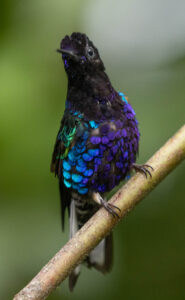
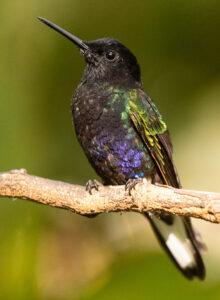
When the light hits just right, they do justice to their name. When it doesn’t, still pretty but a very different looking bird.
Sometimes the names made sense, like this Booted Rocket-tail
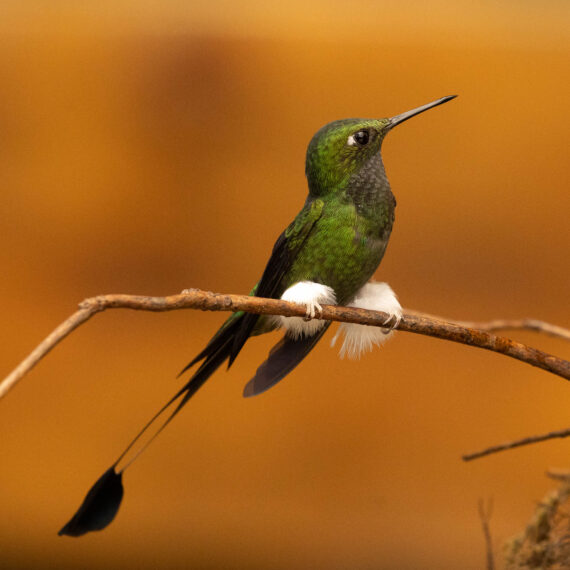
or this long tailed sylph
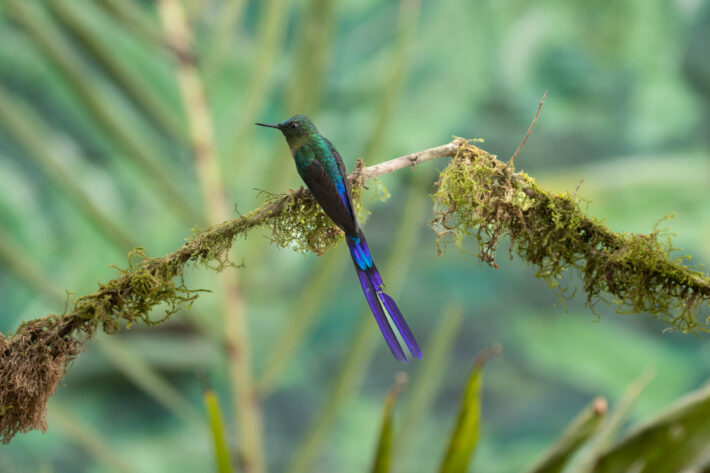
In contrast, the name and bird don’t go quite as well with this White-necked Jacobin, while it has plenty of white, none is near its neck
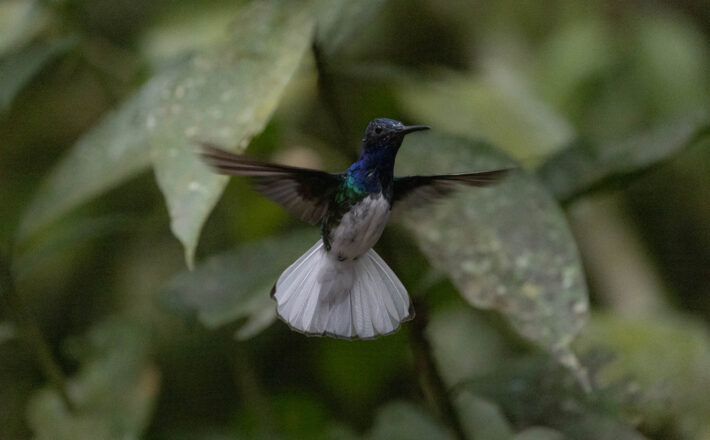
Another challenge of the trip was the attitude. Quito, where we flew into is at 9,000 feet, and we spent a lot of our time above 5,000 feet. But armed with our attitude sickness pills, we soldiered on. And one advantage of the elevation was that even though Ecuador straddles the equator, it is also very mountainous, and so it was defiantly not hot
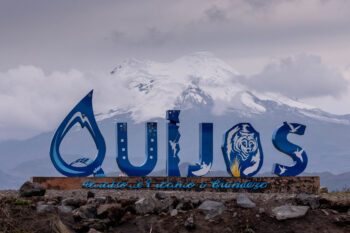
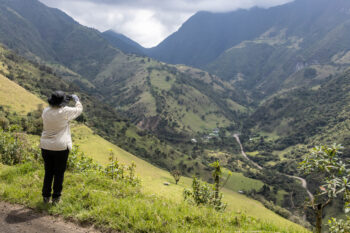
Hummingbirds flap their wings from about 10 to more than 80 times per second while hovering. How fast is that? This photograph of a flying Rufous-tailed Hummingbird was taken at 1/2500 and still didn’t freeze the wings.
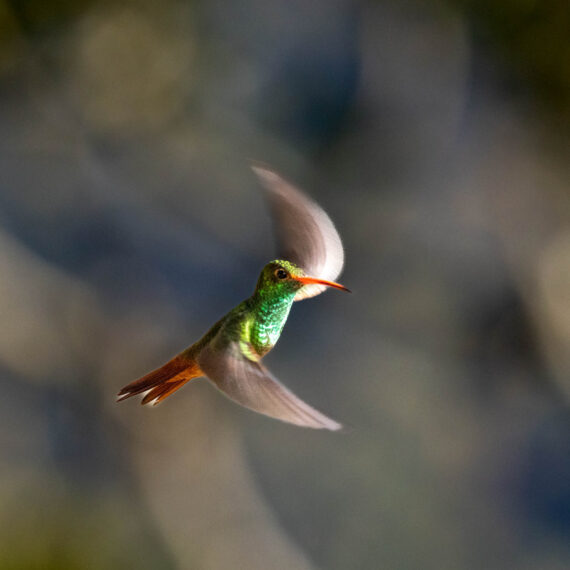
Hummingbirds have long tongues, about twice the length of its bill, like this Fawn-breasted Brilliant
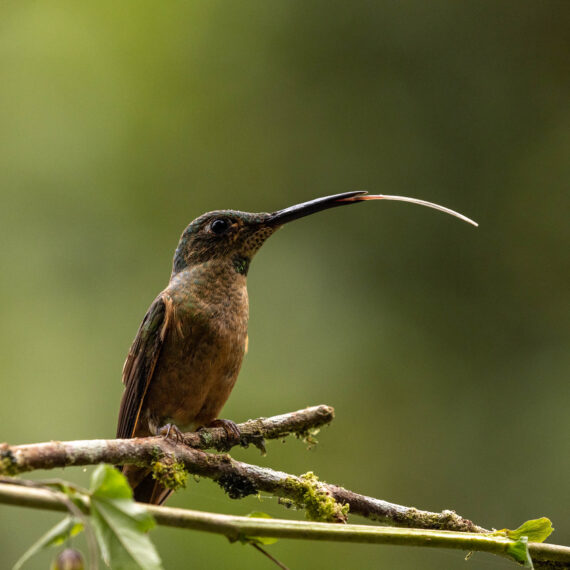
When you have a bill as long as this Sword-billed Hummingbird, it is really long.
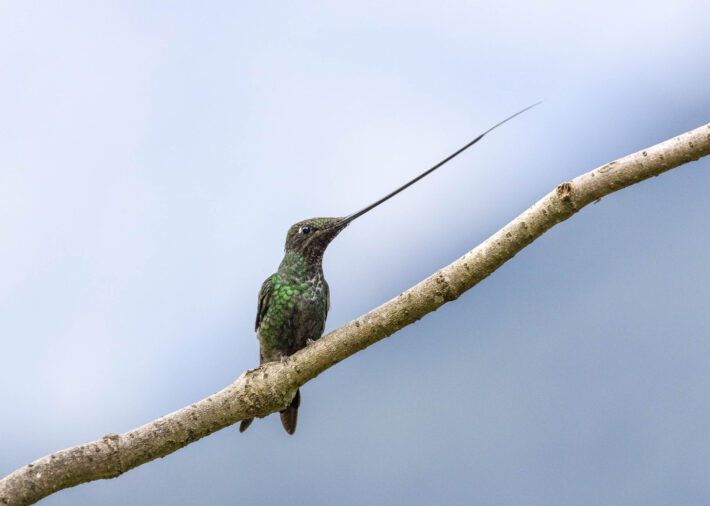
This compares with the relatively shorter tongue of Plate-billed Mountain Toucan
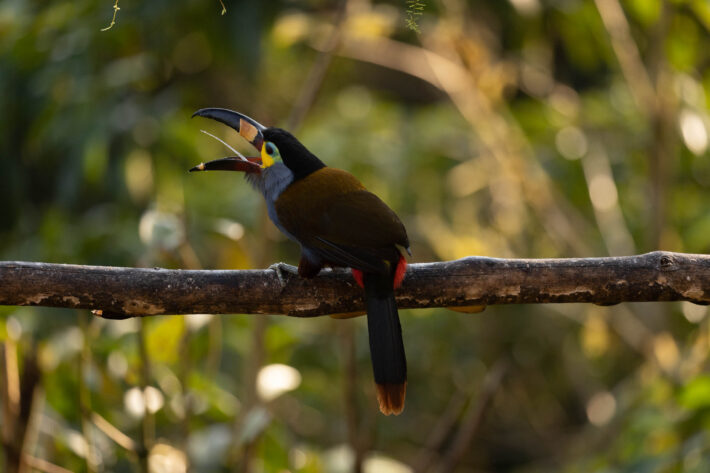
The Plate-billed Mountain Toucan was just one of the many colorful birds in Ecuador
Others include the Choco Toucan
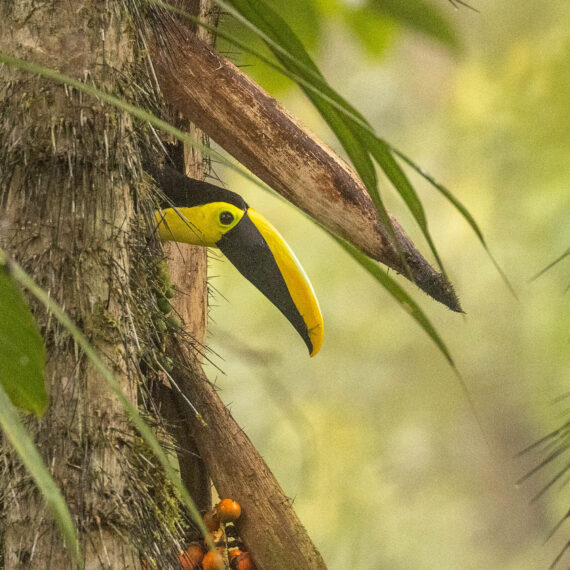
the Masked Trogon
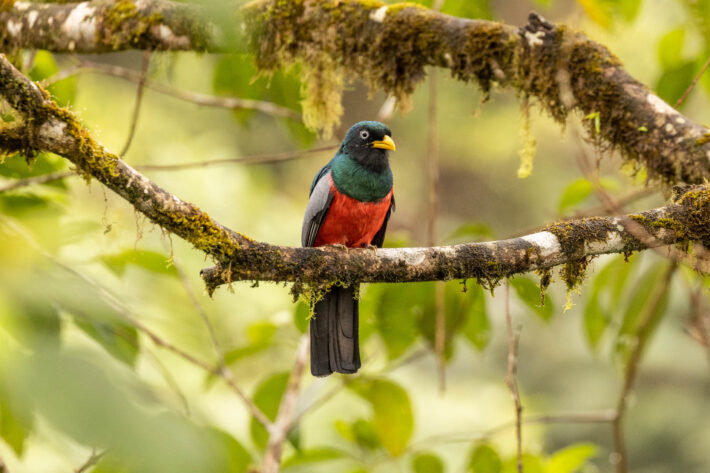
and the Collared Aracari
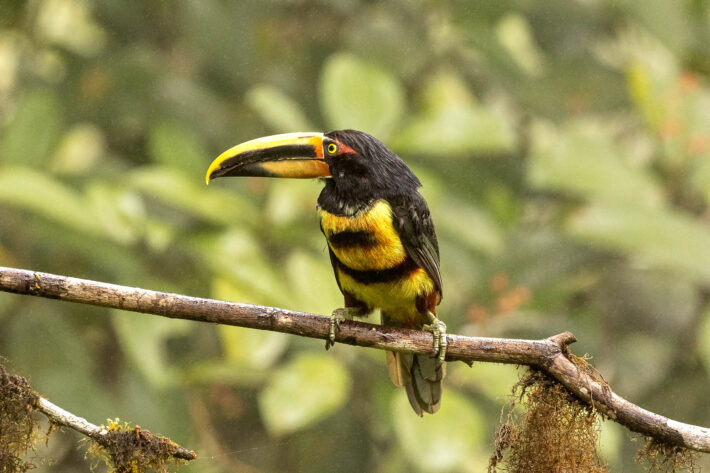
Then there is the extremely colorful and frankly weird looking Cock of the Rock
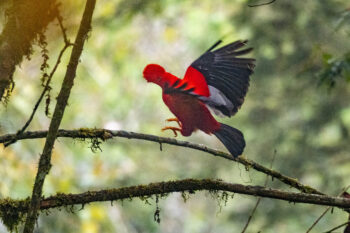
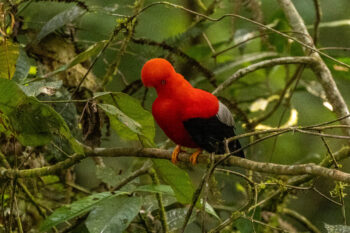
Our next trip we will return to true love of big, slow and colorful birds, photographing the cranes and geese of Bosque del Apache